At its media appreciation event tonight, UMW Toyota announced that it plans to sell a total of 70,000 vehicles this year, including both Toyota and Lexus models. As is usual, Toyota will almost certainly make up the lion’s share of that figure, with Lexus only being a bit part player in the grand scheme of things.
Assuming that Lexus’ 2017 sales are a repeat of last year’s performance of 1,353 units, that would put Toyota’s projected sales at around 68,600 units, about 5,000 units higher than the 63,757 vehicles the company managed to sell in 2016.
Part of UMW Toyota’s charge for 2017 are four new cars that it is set to launch this year, with the most important one being the facelifted Vios. The popular B-segment sedan will gain new front and rear fascias and a number of other new features to go with the new Dual VVT-i and continuously variable transmission (CVT) that it received last year.
The rest of the anticipated new models are unclear, but their silhouettes – which appear to be the Innova, Fortuner and Hilux – hint at what’s to come. The Innova will likely get the 149 PS/359 Nm 2.4 litre turbodiesel from the Hilux, in order to complement the existing 139 PS/183 Nm 2.0 litre Dual VVT-i petrol mill. The company announced during the MPV’s launch last year that the diesel mill was already being considered.
Meanwhile, the Fortuner could finally receive the oft-requested high-spec diesel model. Currently, the range-topping SRZ is powered exclusively by a 166 PS/245 Nm 2.7 litre Dual VVT-i petrol engine; the 2.4 litre turbodiesel can only be found on the base VRZ variant.
A plusher diesel Fortuner will likely gain a more powerful 177 PS/450 Nm 2.8 litre turbodiesel, also from the Hilux. As for the Hilux itself, we’re not quite sure what updates are in store, but expect it to come with new variants or minor equipment upgrades.
GALLERY: Toyota Vios facelift
Looking to sell your car? Sell it with Carro.

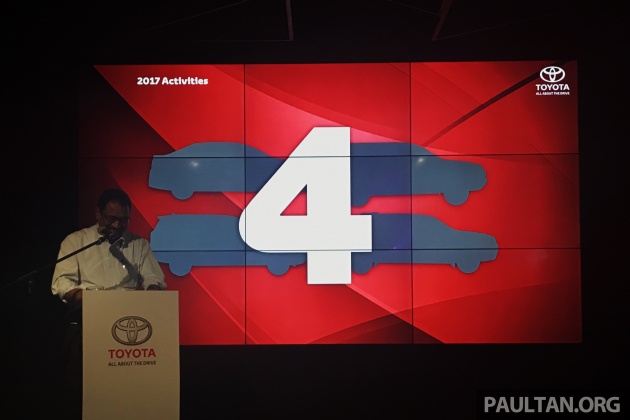
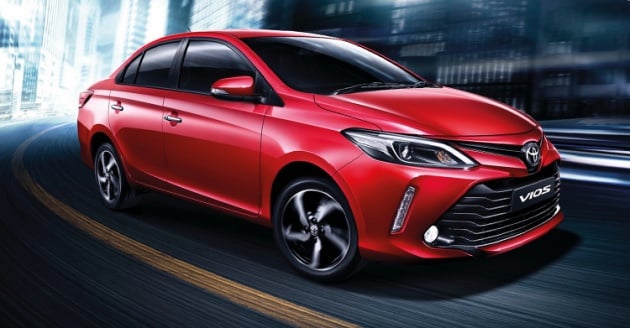
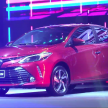
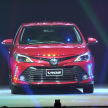
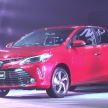
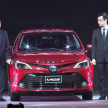
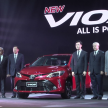


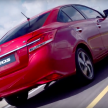
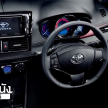
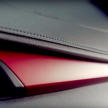

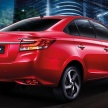

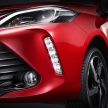


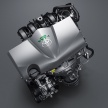
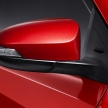






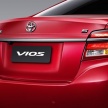

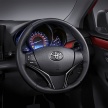
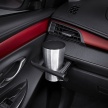

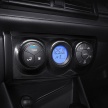
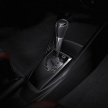
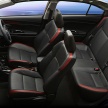
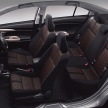
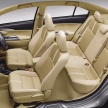
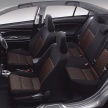

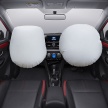



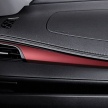
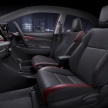



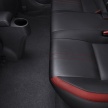

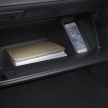

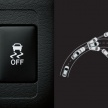



























AI-generated Summary ✨
Comments generally express skepticism about UMW Toyota’s sales target of 70,000 units for 2017, labeling it as overly ambitious or unrealistic. Many critics believe the lineup mainly includes existing models with minor updates and variants, not truly new models, which they see as insufficient to boost sales. There’s strong demand among commenters for new models like the C-HR and more competitive offerings such as the Hilux with better engines or hybrids, suggesting that the current lineup is outdated and uninspiring. Several comments highlight issues like lack of features (e.g., temperature gauges on Vios), high prices, and dissatisfaction with the management’s strategies. Overall, sentiments lean toward disappointment and frustration about Toyota’s progress and competitiveness in Malaysia, with some calling for better product differentiation and value.